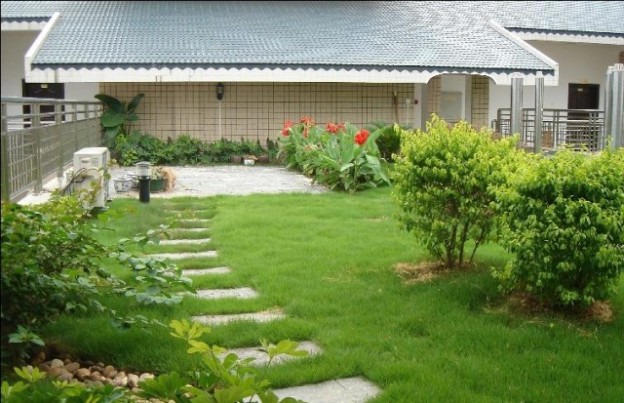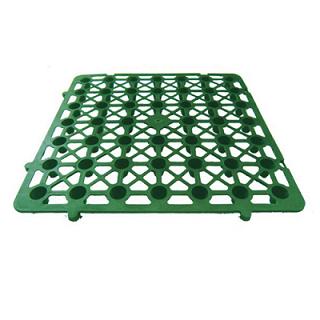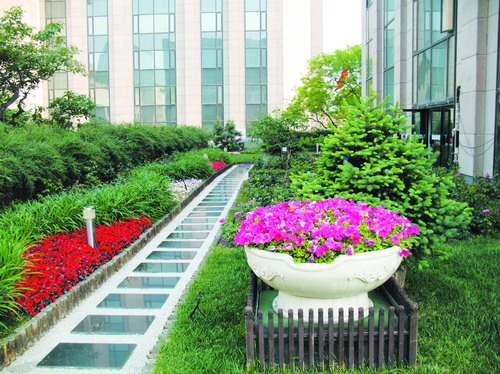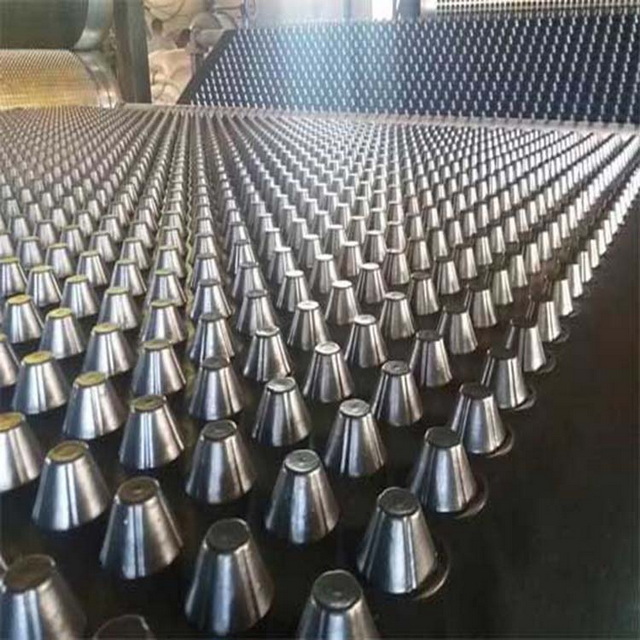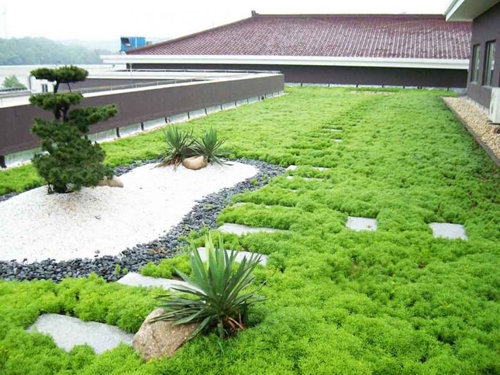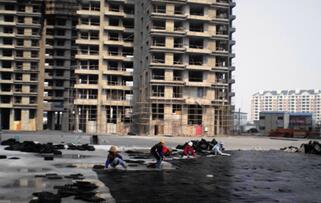What A Good Drainage Systems Need?
Root barrier membranes are a critical component for preventing basements from wetting, but they’re only solves half the problem. In most areas of the country, a complete drainage system should also be installed to keep the root barrier membrane for long life and relieve hydrostatic pressure and.
A system usually has three main components: a footing drain which can directs water away from the structure, a drainage board or root barrier membrane to give moisture an easy path down to the footings, and either a sump pump, French drain, or rainwater collection system to dispose of the water collected.
If you want the system design to be precise, you should depend on the source of the water and the slope of the lot.
In some regions the biggest concern are high water tables. When the groundwater level rises higher than the level of the floor, the basement acts like a boat in a pond, and water will leak through any crack or hole in the concrete, or even through the matrix itself. If water comes in at multiple locations, or water is coming up through cracks in the floor, a high water table is to blame.
In other areas, surface water is a major concern. Significant rainfall can put large quantities of water in direct contact with the house’s foundation if combined with improperly installed rain gutters and downspouts. A poorly sloped lot can have the same effect.
Some builders believe that a dry climate or sandy soil makes drainage systems unnecessary, but this is usually not the case. Leaky basements in desert communities all can be created by sprinklers, improper landscaping, or the occasional torrential rainstorm can all create.
An poorly-drained basement can create numerous problems. Without protection, root barrier membranes can be damaged during the backfill process, or they can break down over time due to groundwater and soil chemicals. Moisture will damage belongings and damp walls conduct interior heat into the ground. Wet basements also contribute to mold growth, which has led to a flurry of lawsuits in recent years. In extreme cases, poor drainage can lead to the wall’s structural failure.
The culprit behind nearly all leaky basements is hydrostatic pressure. The weight of water pressing outwards is dependent on its depth. Water 12 inches deep exerts only ½ pound per square inch, but at the bottom of an 8-foot basement, that adds up to 500 pounds per sqft! The load on an undrained wall is often double that on a properly drained wall, which has been calculated by engineers. the pressure will drive the water through seams in the waterproofing and cracks in the concrete while the wall can withstand the load.
A good drainage system relieves this pressure, extending the life of the wall, the contents of the below-grade space, and the waterproofing materials. Leiyuan Company is focus on supplying drainage board, root barrier membranes, non-woven geotextile etc. for drainage system, if you have any interests, please feel free to contact us for more details!
Related Readings: Drainage System, Root barrier membrane


